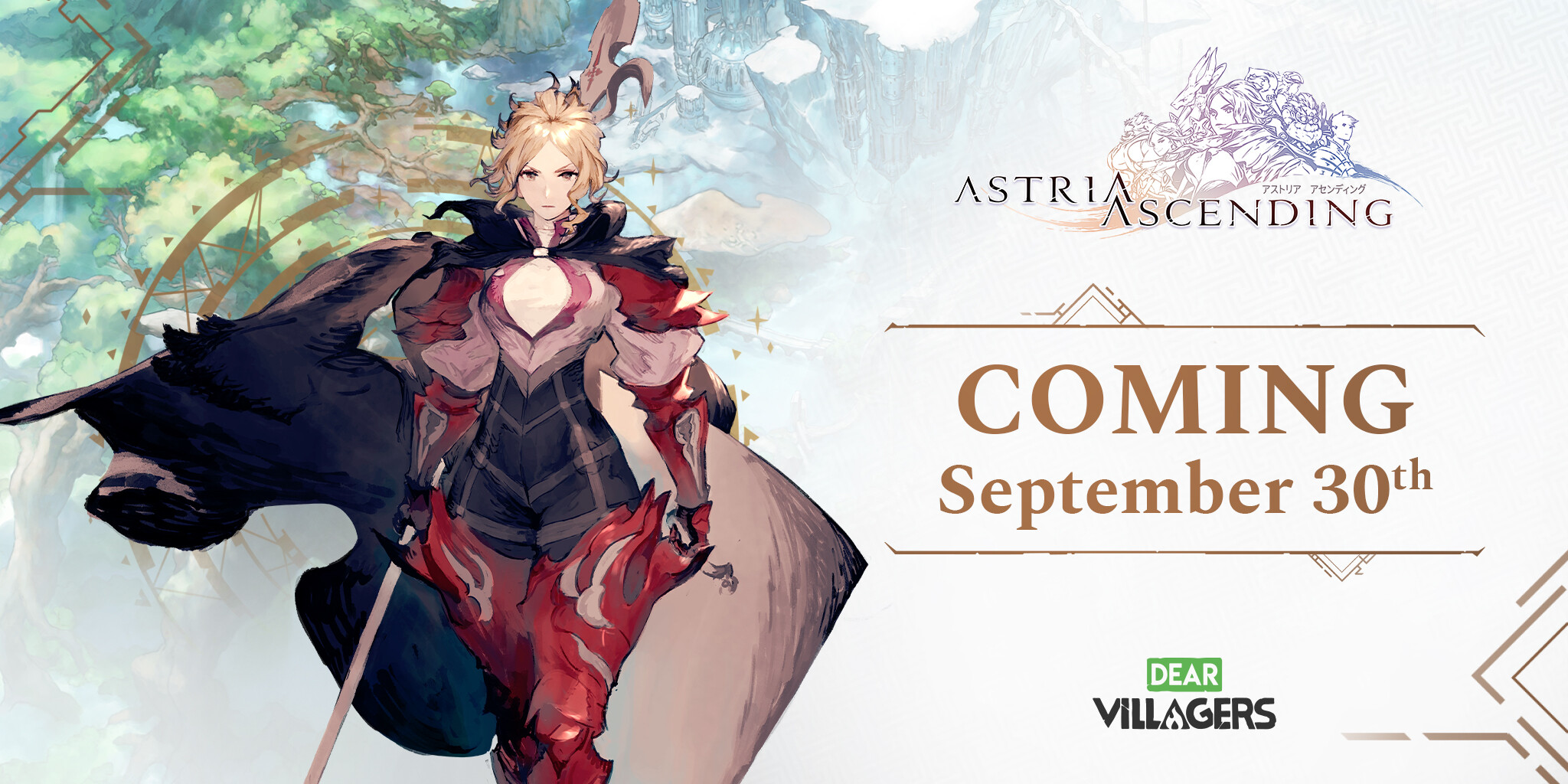

It’s not impossible, it doesn’t break the game, but is it intuitive? Hell no. It really becomes a problem when you’re trying to navigate an interior, or God forbid, a town or city. Control is clunky and awkward, and everything always seems delayed. Outside of combat, Geralt controls in a way that is uniquely frustrating to manage. In combat, Geralt controls well – his movements are fluid, intuitive and responsive – but don’t be fooled. I played most of the game on the Blood and Broken Bones difficulty level, but playing on Death March is the only difficulty setting I would recommend playing this game on. It’s very rare that I find myself doing that. Instead, I was rushing to the finish to get it over with. The problem isn’t a lack of progression, it’s over-progression. It was this exact problem that had me really labouring to get through the final third of the game, and that was so disappointing for me because, by all accounts, I should have happily breezed through those fifty hours. That is the antithesis of good progression in an RPG.Īll this makes the game-play extremely predictable and unrewarding for me. I got to the point where I was consciously avoiding quests so I didn’t unbalance myself even more. If I want to experience everything the game has to offer, I am forced to keep whaling on the same lower level enemies for hours upon hours. To make matters worse, enemies don’t scale to my level. In a game that puts so much effort into it’s questing experience, why would you punish players for engaging with side quests by causing them to become so ridiculously over-levelled and overpowered that all the challenge disintegrates into nothing? I was slaying monsters that were 5-6 levels higher than me with less than 10 hits and barely taking any damage.īy the time I reached halfway through the story, I was over levelled by almost 8 levels, because I completed all the side quests and exploration quests. By the time I was 25 hours into the Witcher 3, I was cutting through hordes of enemies like a hot knife through butter. The beauty is in striking the balance between visuals that are realistic enough to be believable, yet fantastical enough to convey that sense of magic and wonder – the thing we all play fantasy games for. They were clearly going for a realistic aesthetic over a cartoonish or surreal approach – lots of greens, greys and browns – but it doesn’t need to be colourful. The game is not overly colourful – in fact, the colour palette overall is pretty muted. The lighting in this game is consistently stunning, dynamic and very atmospheric the character models are detailed the combat animations are realistic the character animations are expressive I can’t think of one single element that lets the game down visually.
#ASTRIA ASCENDING HUNT 3 PC#
The first couple of hours I spent playing the Witcher 3: Wild Hunt, I even turned to my partner and said, “Wow, I didn’t think PC games could look this good.” I was just blown away by how beautiful the game’s environments were.

After a comparatively modest 60 hours of playtime, what I found really surprised me. I was really excited about finally sinking my teeth into this 100-hour long monster – lovingly dubbed the “Game of the Century” – and seeing whether it really deserved it’s reputation. Some even believed it was finally going to dethrone Skyrim as the fantasy game against which all other fantasy games are judged. A lot of people believed it was going to be the game that set a new standard for the open-world fantasy genre. The amount of hype this game enjoyed around the time of its release was insane.


And I acknowledge that there is absolutely nothing original or insightful left to say about this game, but damn it, that won’t stop me from trying! Let me first address the elephant in the room.Ībout 5 years late to be exact.


 0 kommentar(er)
0 kommentar(er)
